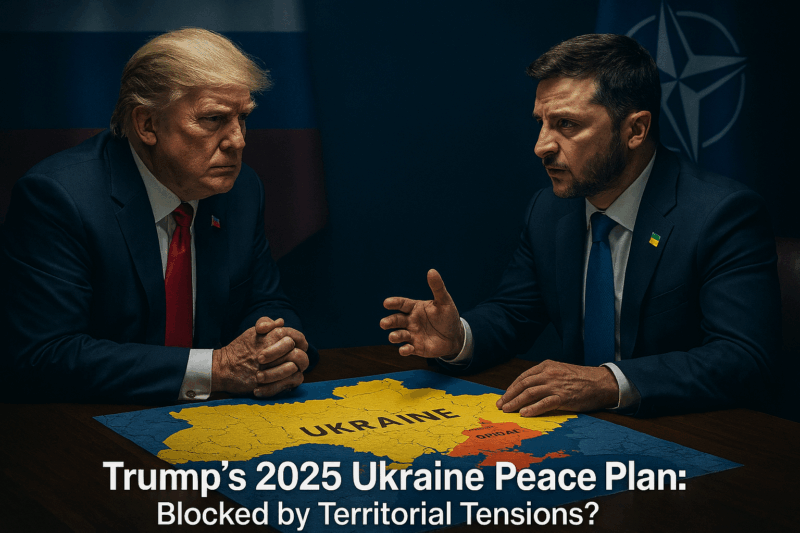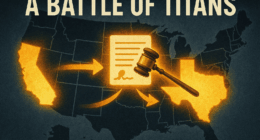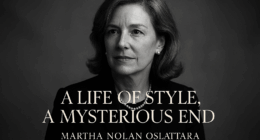President Donald Trump’s renewed efforts to broker peace in the Russia-Ukraine war—highlighted by summits with Vladimir Putin in Alaska (August 15) and Volodymyr Zelenskyy in Washington, D.C. (August 18)—have reignited global attention. Despite campaign promises to swiftly end the conflict, Trump faces significant challenges, including territorial disputes, security guarantees, and Putin’s battlefield leverage. This article explores these obstacles and the broader geopolitical context shaping the peace process.
Key Obstacles to Peace
1. Territorial Concessions
Trump has floated proposals for Ukraine to cede territory, including Crimea and parts of Donetsk, Luhansk, Kherson, and Zaporizhzhia—aligning with Russian demands. While Zelenskyy remains firm on Ukraine’s sovereignty, recent signals suggest a pragmatic openness to discussing front-line realities. European leaders, notably Germany’s Friedrich Merz, insist that no territorial changes can occur without Ukraine’s full consent, citing post-WWII norms.
- Current Status: Russia controls roughly 20% of Ukraine, including all of Crimea and most of Luhansk.
- Impact: Ceding strategic regions like Donbas could undermine Ukraine’s economy and defense, and set a dangerous precedent for future aggression.
2. Security Guarantees
Ukraine demands robust, legally binding security guarantees akin to NATO’s Article 5. Trump’s proposals—focused on air support rather than troop deployment—fall short of Kyiv’s expectations. Putin’s conditional openness to guarantees may be a tactic to push for Ukrainian demilitarization.
- European Position: Leaders like Macron and Starmer advocate for a collective defense framework, supported by a coalition including Japan and Australia.
- Impact: Weak guarantees risk repeating the failures of the 1994 Budapest Memorandum, leaving Ukraine exposed to future threats.
3. Putin’s Strategic Advantage
With Russian forces gaining ground—reportedly capturing 1,000 square kilometers in 2025—Putin has little incentive to compromise. His ceasefire proposal, demanding Ukrainian withdrawal from Donetsk, was rejected by Kyiv. Continued drone strikes during summit talks underscore Russia’s aggressive posture.
- Impact: Putin’s battlefield leverage and refusal to negotiate ceasefire terms on Ukraine’s terms prolong the conflict and complicate diplomacy.
Domestic and European Constraints
U.S. Domestic Pressure
Trump’s “America First” base remains skeptical of foreign entanglements, especially after recent military actions in Iran. Even limited commitments to Ukraine could alienate key supporters, constraining Trump’s flexibility.
European Distractions
Spain’s wildfire crisis—burning over 340,000 hectares and prompting EU-wide emergency responses—has strained European resources. While not central to the Ukraine issue, such climate disasters divert attention and capacity from security commitments.
- Impact: Domestic pressures and climate emergencies limit the scope of European involvement, potentially weakening NATO’s support for Ukraine.
Broader Context and Implications
Summit Outcomes
The Alaska and Washington summits produced no breakthroughs but laid groundwork for a potential trilateral summit. Trump’s alignment with Putin on delaying a ceasefire has alarmed European leaders, prompting calls for stronger Ukrainian inclusion.
European Unity
Despite internal challenges, European leaders presented a united front. Germany’s defense spending, France and the UK’s troop commitments, and Italy’s ideological alignment with Trump all played roles in shaping negotiations.
Global Stakes
Failure to reach a durable peace could destabilize European security, embolden Russia, and strain U.S.-NATO relations. Success depends on balancing Ukraine’s sovereignty with realistic concessions—a task complicated by Putin’s intransigence and Trump’s domestic constraints.
Reactions and Sentiment
- Zelenskyy: Called the Washington summit “an important step,” emphasizing Ukraine’s central role in peace talks.
- Trump: Framed himself as a peacemaker on Truth Social, though faced criticism for appearing too aligned with Putin.
- European Leaders: Expressed cautious optimism, avoiding endorsement of territorial swaps.
- Public Sentiment: Mixed reactions on social media, with some praising diplomatic progress and others warning of strategic risks.
Conclusion
Trump’s 2025 peace initiative faces formidable challenges—from territorial disputes and vague security guarantees to Putin’s battlefield advantage and domestic-European constraints. While diplomatic channels remain open, the path to peace is fraught with complexity, requiring careful navigation of geopolitical realities and public expectations.






